1. Where is the largest "underground city" in Vietnam located?
According to the Ho Chi Minh City Information Portal, Cu Chi Tunnels is a famous revolutionary historical site located in Phu My Hung Commune, Cu Chi District, 70km northwest of the center of Ho Chi Minh City. The 250km long tunnel runs windingly underground, made from primitive tools.
This is considered the largest "underground city" in Vietnam.
Some other localities in our country also have tunnels, but they are shorter and simpler, such as Ky Anh tunnel (Tam Ky city, Quang Nam province) 32km long; Vinh Moc tunnel (Vinh Linh district, Quang Tri province) longer than 1,060m...
2. How many main basement floors does the Cu Chi tunnel system have?
- 2 floors0%
- 3 floors0%
- 4 floors0%
The tunnels of Cu Chi tunnels were dug 3 to 8 meters deep underground, with a height just enough for one person to stoop.
The tunnel system consists of 3 floors, from the "backbone" road radiates countless long and short branches connecting to each other, some branches extending all the way to the Saigon River. The first floor is 3m above ground, able to withstand artillery shells and the weight of tanks and armored vehicles. The second floor is 5m above ground, able to withstand small bombs. The last floor is 8-10m above ground, ensuring safety. The paths up and down between the basements are arranged with secret hatch covers.
3. This land is also known as...
- Underground Village0%
- Dangerous secret area0%
- Steel land into bronze0%
- All of the above0%
Relying on the system of underground tunnels, fortifications, and trenches, the soldiers and people of Cu Chi fought extremely bravely, achieving miraculous feats. The US army, when first entering Cu Chi, encountered fierce resistance from the tunnels in the dangerous base area, and had to exclaim: "Underground village", "Dangerous secret zone"...
Not only that, with the spirit of courage, intelligence and creativity in fighting the American invaders, the army and people of Cu Chi were honored to be awarded the noble title "Land of Steel and Bronze Citadel" by the Central Committee of the National Liberation Front of South Vietnam and awarded the Third Class Bronze Citadel Medal at the Second Congress of Heroes, Emulation Fighters and Brave Soldiers of the People's Armed Forces for the Liberation of the South on September 17, 1967.
4. How long have the tunnels been here?
- 19480%
- 19660%
- 19700%
- 19750%
In Cu Chi, the earliest tunnels appeared in 1948 in two communes: Tan Phu Trung and Phuoc Vinh An. At first, there were only short sections with simple structures used to hide documents, weapons, and shelter cadres operating behind enemy lines. Later, they spread to many communes.
From 1961 to 1965, the guerrilla war of the people in Cu Chi developed strongly, causing great losses to the enemy, contributing to the defeat of the US's "special war" strategy. Six communes in the north of Cu Chi district completed the "backbone" tunnel. After that, agencies and units developed branch tunnels connecting with the "backbone" tunnel, forming a complete tunnel system.
5. How many heroic communes are there in this district?
- 20%
- 50%
- 100%
- 190%
Up to now, the whole Cu Chi district has been honored with: 19 heroic communes, 39 heroes of the People's Armed Forces, 1,277 heroic Vietnamese mothers, 1,800 people were awarded the title of brave soldier. The district has been awarded two orders of the Fatherland's citadel and over 500 orders of military exploits and exploits of various ranks to collectives and individuals.
6. In the recent movie "Tunnel: Sun in the Dark", a character was inspired by the prototype of a hero in this district?
- Correct0%
- Wrong0%
The film project “Tunnels: Sun in the Dark” recreates the realistic and vivid setting of 1967 about the guerrillas in the Cu Chi tunnels. People's Armed Forces Hero To Van Duc (Nhuan Duc Commune, Cu Chi District) is the prototype of the character Tu Dap in this film.
He stayed in the Cu Chi tunnels for many years in his youth and was called the "tank destroyer" because he created mines to destroy 5,000 tanks during the war.
On September 17, 1967, he was awarded the title of Hero of the People's Armed Forces. After liberation, hero To Van Duc continued to serve in the army, making many new inventions in the field of military technology.
Source: https://vietnamnet.vn/huyen-nao-cua-tphcm-duoc-goi-la-dat-thep-thanh-dong-2390187.html



![[Photo] Party and State leaders attend the special art program "You are Ho Chi Minh"](https://vphoto.vietnam.vn/thumb/1200x675/vietnam/resource/IMAGE/2025/5/18/6895913f94fd4c51aa4564ab14c3f250)

![[Photo] Many young people patiently lined up under the hot sun to receive a special supplement from Nhan Dan Newspaper.](https://vphoto.vietnam.vn/thumb/1200x675/vietnam/resource/IMAGE/2025/5/18/6f19d322f9364f0ebb6fbfe9377842d3)
![[Photo] Ready for the top competitions of Vietnamese table tennis](https://vphoto.vietnam.vn/thumb/1200x675/vietnam/resource/IMAGE/2025/5/18/9c547c497c5a4ade8f98c8e7d44f5a41)

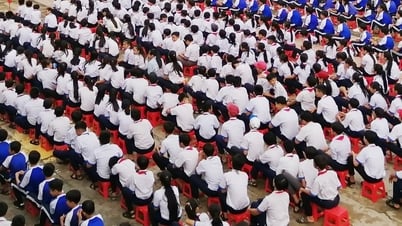





![[Infographic] Achievements of Vietnamese students at the 2025 International Science and Engineering Fair](https://vphoto.vietnam.vn/thumb/402x226/vietnam/resource/IMAGE/2025/5/18/67c3dbcf40744d06bf8164f789fcdc5c)

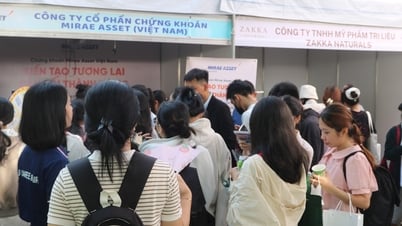






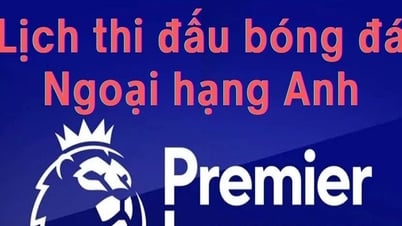

























































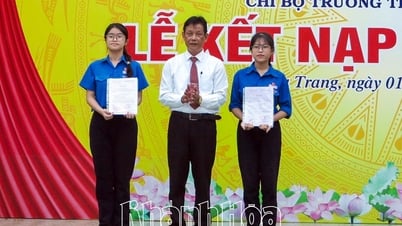
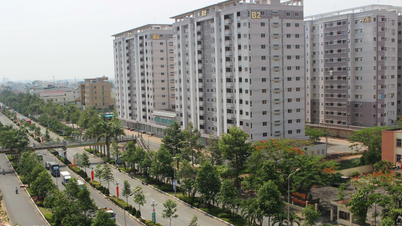











Comment (0)